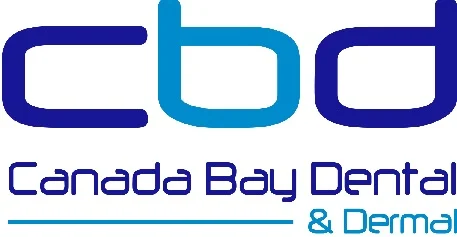The Best Tooth Care Habits to Teach Your Children
/One of the best ways to ensure that we will have healthy teeth throughout our lives is to establish good eating and tooth care habits as children. To guide behaviors in our little ones, it’s best to stick to routines that are fun and easy to learn. Children generally respond well to repetitive tasks that they can count on doing at regular times of the day. Caring for their teeth is no exception. Here are a few simple habits you can help your children develop.
Eating Well
It’s never too early to start children on a path to good eating habits. By the time babies are introduced to solid foods, a diet based on fresh fruits, vegetables, cheese, eggs and whole grains will supply all the nutrition they need. Unsweetened yogurt, cheese, crackers and raw fruits and vegetables all make terrific snacks. There is no need for junk food if children are getting the nutrition they need from healthy foods.
Forget About the Sugar
One of the easiest things you can do to create a strong foundation for overall health is to delay the introduction of sugar into your child’s diet. Children are not necessarily born with a “sweet tooth.” They develop their eating habits from the foods they become used to tasting. There is no need to feed your little ones cake, cookies, candy and sweetened drinks. Even too much fruit juice is not recommended. There may be no way to banish sugar from your child’s environment once he or she gets older, but in the beginning, while you still have control, you can get them started in the right direction by not making it part of a daily routine.
Teeth Brushing
Babies may start cutting their first teeth as early as 5 months old. By the time children are two or three years old, they should have their first complete set of teeth. Toddlers should begin to learn how to brush their teeth by the time they are a year in age. This is a simple routine that should happen in the morning, as part of the waking up process, and before they go to sleep at night.
Regular Teeth Rinsing
Another good habit is for children to become aware when there is food left in their mouth. Sticky foods like raisins and other dried fruits can become stuck between teeth and begin to form cavity producing bacteria. It’s best to get children used to having clean mouths, and to be aware when there is something stuck between their teeth. Drinking plenty water is a good overall health habit, and so is regular rinsing of the teeth and mouth. Train your children to swish some water around in their mouths when they are drinking to remove bits of food between their teeth.
Flossing
By the time children are between the ages of 6 and 7, they are usually coordinated enough to begin brushing their teeth on their own and also flossing. Flossing is a great habit to get children into when they’re young, as it can be tough to train yourself to do it later in life, if it’s never been a part of your routine. There are a number of flossing devices on the market with handles that make it very easy for children to maneuver the floss between their teeth.
General Teeth Awareness
It’s a good idea to teach children early to be careful with their teeth. Of course, there is that early developmental stage when children put every single thing they touch into their mouths. But once they get past that, it’s a good idea to teach children that nothing should go into their mouths except for food and drink. Teeth should not be used as tools. It’s a reminder that will serve them well into their adult years.
As with all habits for kids, the more fun you can bring to the table, the better. If you can turn tooth brushing into a song or a game, great. Try to keep the operation from being too stressful, as that will be counterproductive. Some children learn more quickly than others, so try to be patient. If you have anxieties of your own connected to teeth or to tooth care, try and keep from communicating them to your kids. This can sometimes be easier said than done, so just try and be aware. The more easygoing you can be, the more likely your kids will take to the new routines.
